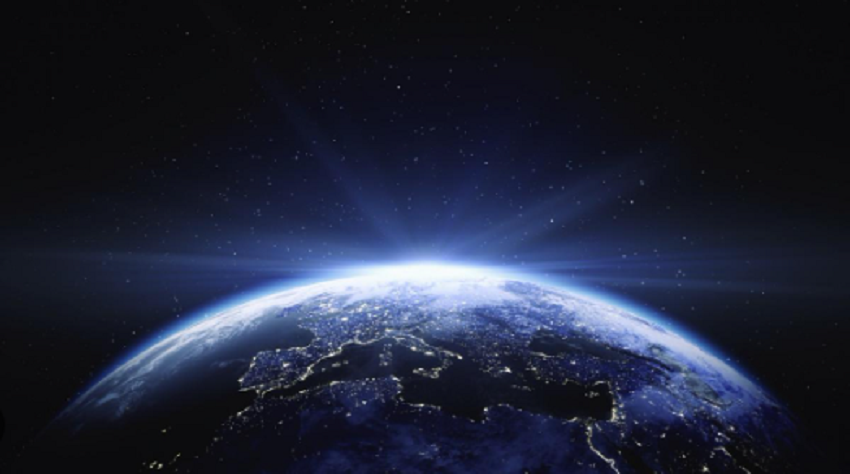The moon and Earth have an important relationship; without the moon, daily life for humans would be very different.
The first and most noticeable alteration would occur at night. The moon illuminates the Earth at night by reflecting light from the sun, thus without it, nights would be incredibly darker. According to scientists, if it weren’t for artificial lights created by humans, we wouldn’t be able to see our hands in front of our faces at night. But not only would the nights get darker; our days would also alter.
The moon pulls on Earth similarly to how the Earth pulls on other bodies in its gravitational field. The Earth is drawn toward the moon, which slows the rotation of the planet. There is less water at the poles because of a bulge caused by the moon’s gravitational pull close to the equator of the planet.
The gravitational pull of the Moon causes our planet’s oceans to rise and fall. There is a small amount of friction as the water travels in relation to the rotating Earth. The Earth’s rotation is slightly slowed as a result of this friction. The water might spread evenly across the earth and lessen friction if there was no moon.
The hours of our days would shift since the planet wouldn’t slow down as a result. Suddenly, instead of the 24 hours we currently experience, days without the moon would last between 6 and 12 hours. Our calendar year would be much longer if our days were to become thus short. The number of days in a year would be over 1,000 instead of 365.
Our ocean tides would decrease because the moon has an impact on the height and motion of Earth’s water. Wherever the ocean bulges toward or is drawn toward the moon is where high tide occurs. Another high tide is produced when the ocean on the other side of our planet bulges away from the moon. On either side of the bulges, there are low tides. Keep in mind that because of the Earth’s rotation, high tide eventually transforms into low tide.
According to scientists, tides would be 1/3 as large now if not for the moon. Low tides would be even lower than they are now, and high tides would be considerably less. This is due to the fact that the sun, not the moon, would be affecting the tides; however, because of the sun’s lower pull, the tides would be reduced.
The Earth’s weather patterns would be impacted by changes in the tilt and rotating speed of the planet. The moon also influences the wind and wind speeds on our planet if it slows down the Earth’s rotation. The wind would blow faster if the moon weren’t there. Without the moon, winds could increase in speed and strength significantly.
In addition, the seasons themselves could completely shift. The tilt of the Earth is influenced by the moon. The Earth’s tilt at this time is 23.5 degrees. This indicates that as our planet orbits the sun, it leans slightly to one side. Seasons and weather change as a result of the tilt. This tilt would change if the moon’s pull were absent. Either the tilt would increase and provide extremely harsh seasons, or it would decrease and produce essentially no seasons at all.
The moon has an impact on Earthly life as we know it. It affects the weather, the length of our days, and our oceans. Tides would fall, nights would be darker, the seasons would shift, and our days would be shorter without the moon.


